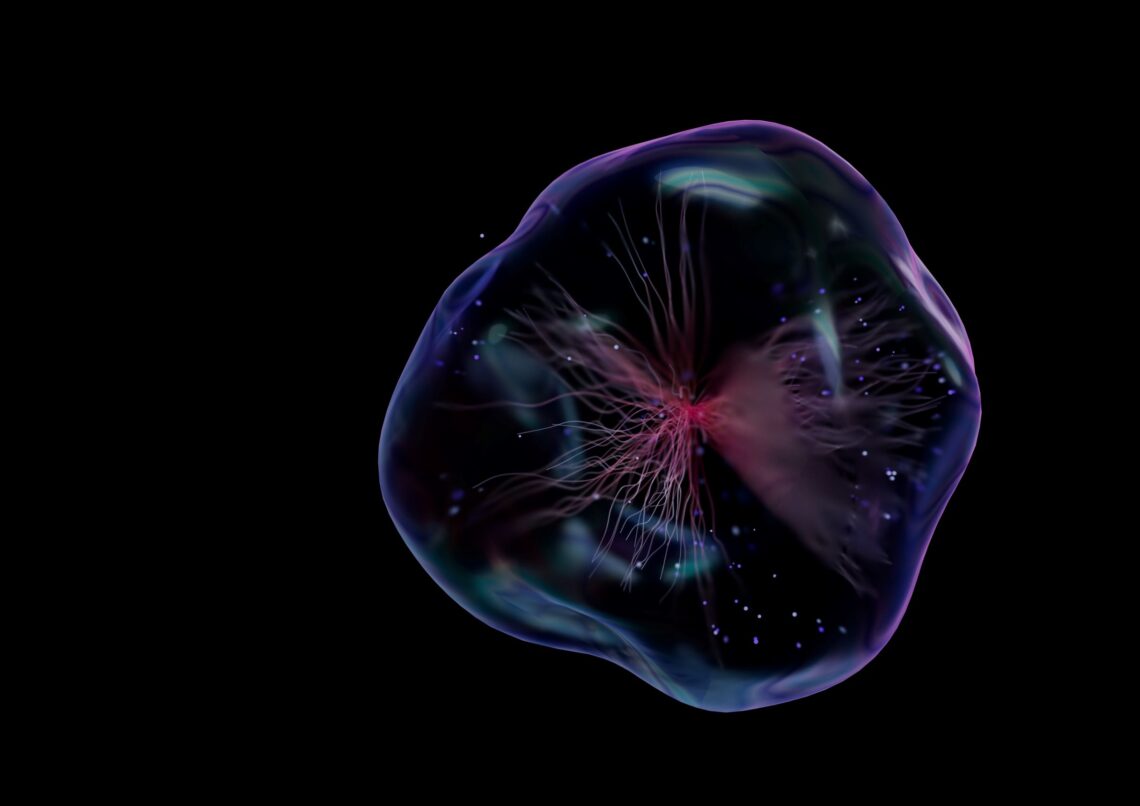
Evolutionary Magic VII: Oxygen–From Killer to Energizer
Over the last three articles I’ve written on Evolutionary Magic (EvoLMagIV, EvolMagV, EvolMagVI) I have covered one of the most remarkable periods in our evolutionary story. First off, is the emergence of life out of matter. Origin of Life scientists are still trying to figure out how a single-cell bacteria called a prokaryote emerged out of a hunk of matter. Talk about magic!
Then, this new cell, feeding off chemicals emerging from deep ocean vents ran into a food problem. As they continued to reproduce through cell-division, there wasn’t enough food to go around.
The universe, solved this problem by creating new form of bacteria called cyanobacteria. It could feed directly off the sun’s energy through photosynthesis. Unfortunately, this process expelled oxygen as a by-product, and oxygen killed everything it touched, leaving the universe with another dilemma.
Once again, the universe seemed to have jumped right out of the frying pan and into the fire. But this is where one has to believe the universe was thinking two steps ahead. To solve this oxygen crisis, the universe created a much higher-order cell that was able to not only handle oxygen, but then use it to fuel our future evolution.
It was a gigantic evolutionary jump, maybe the universe’s biggest one. I have some quotes towards the end of this article by experts pointing out how miraculous this change was. Read on, and see if you agree.
Here’s what happened.
Difference Between a Eukaryotic and Prokaryotic Cell
Around two billion years ago, the universe instituted one of its most significant creations, the eukaryote cell, which is about ten to a thousand times bigger than a prokaryote cell. The largest ones can even be seen with the naked eye.
They were a huge improvement over the prokaryote cell. Remember, prokaryote cells are vulnerable. They lack a nucleus and its DNA is left unprotected as free-floating molecules within its cell membrane.
Eukaryotes, on the other hand, protect their DNA inside a nucleus that is contained along with its other organelles within a cell membrane. These early eukaryotes not only guarded their DNA but managed to use the extra energy from O2 to further their development, eventually leading to the creation of the plant, animal, and human kingdoms.
Biologist and evolutionary theorist Lynn Margulis showed that eukaryotes are made up of independent prokaryotes that merged together, most likely for protection.[1]
Other scientists agreed, saying that when we peer inside a eukaryote cell, we find a host of organelles, each containing their own DNA.
Mitochondria Transforms Oxygen’s Effects
Miraculously, one of these organelles, mitochondria, was able to transform the deadly pollutant oxygen into a new and powerful source of energy, fueling the next stages of evolution. The eukaryotes had turned the proverbial lemon into lemonade, taking what appeared to be a curse and turning it into a blessing. They were now able to flourish in an oxygen-rich environment.
Another important organelle inside eukaryotes is chloroplast, which takes energy from sunlight via photosynthesis.
Brian Swimme captures the miraculous transformation from the prokaryote to the eukaryote cell:
“The eukaryotic cell, the first radically new creation within the oxygenated Gaian system, is the single greatest transformation in the entire history of Earth, only overshadowed by the emergence of life itself. There are two basic eras of life: the prokaryotic era from four billion years ago to two billion years ago; and the eukaryotic era from two billion years ago onward. The eukaryotic structure opened up a reign of biological creativity bringing forth novelties unimaginable in the Age of Bacteria. Yet it was bacteria that made it all possible.”
Here is what Margulis and Sagan write of this transformation in their book, Microcosmos:
“The difference between the new cells and the old prokaryotes in the fossil record looks as drastic as if the Wright brothers’ Kitty Hawk flying machine had been followed a week later by the Concorde jet.”
Without this transformation from prokaryote to eukaryote, the diversity of life on Earth would not have existed.
The Birth of Sex
This change and diversity became possible when about a billion years ago this eukaryotic cell began reproducing itself sexually instead of asexually. Rather than a cell just making duplicate copies of itself, two parents combined their genetic traits through sexual reproduction, thereby creating far more diverse organisms and species. Life, adapting to and using the first great pollutant on Earth, is truly miraculous.
[1] Lynn Margulis and Dorion Sagan, Microcosmos: Four Billion Years of Microbial Evolution (Berkeley and Los Angeles: University of California Press, 1986), p. 117–119.
To learn more about the magic of the universe: Click this link: The Magical Universe.
Photo by and machines on Unsplash

